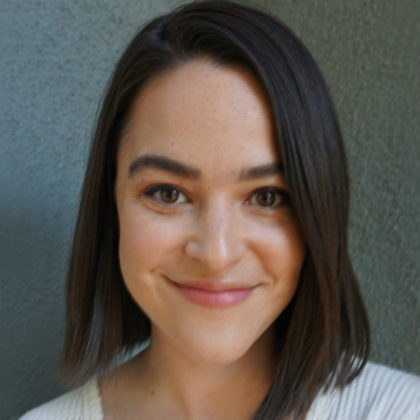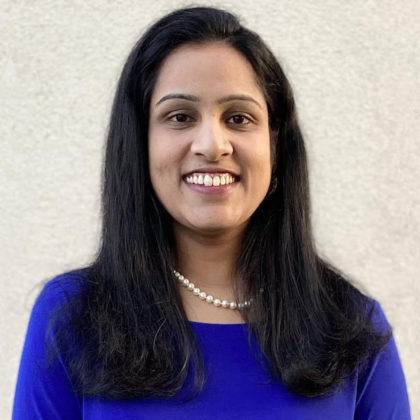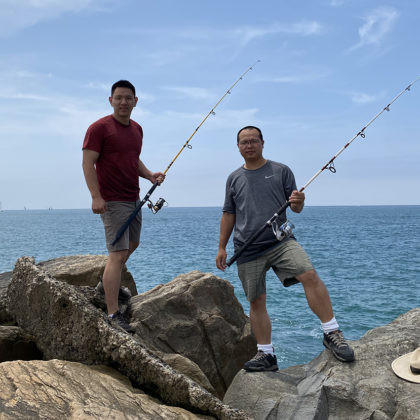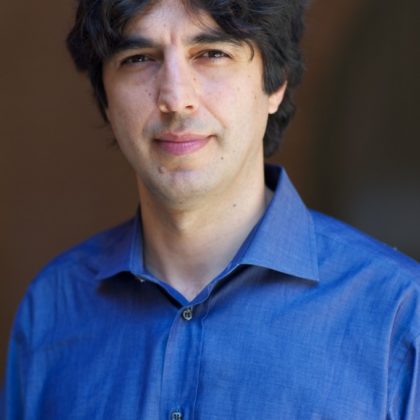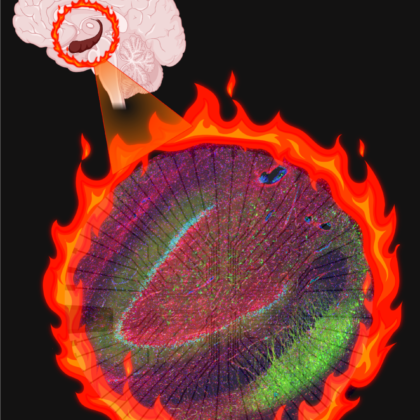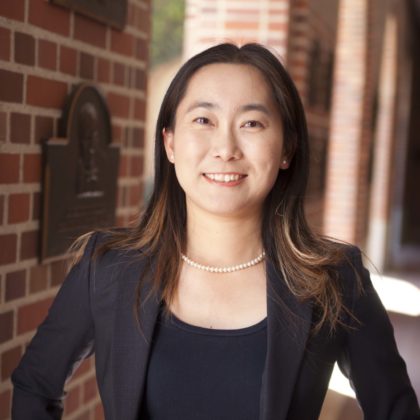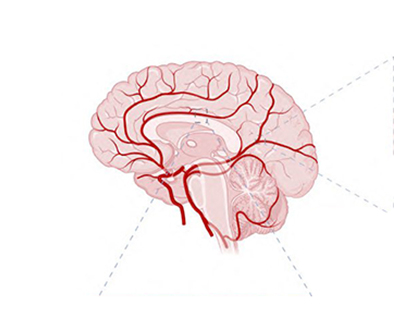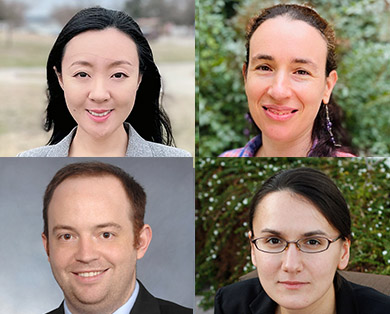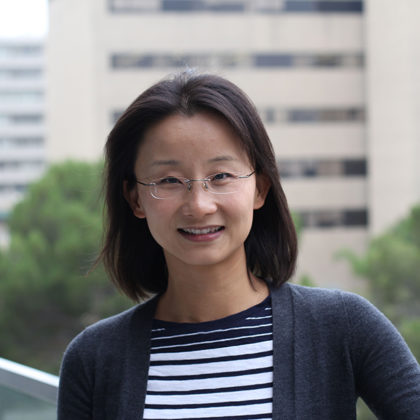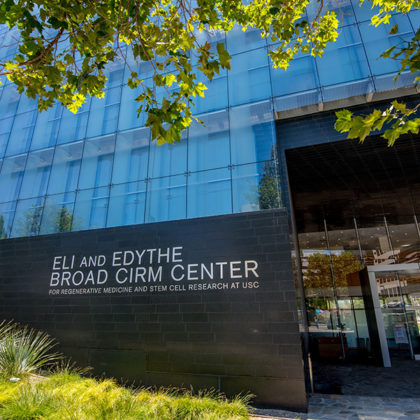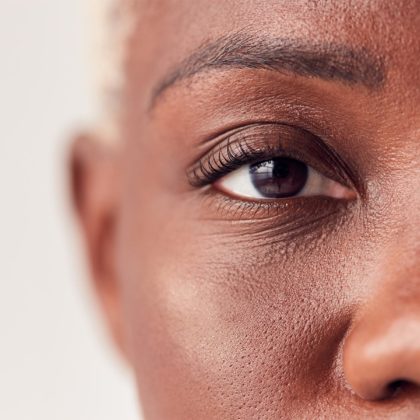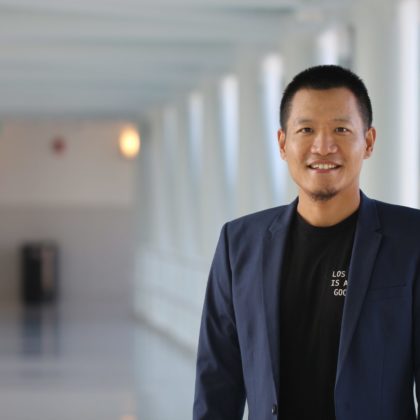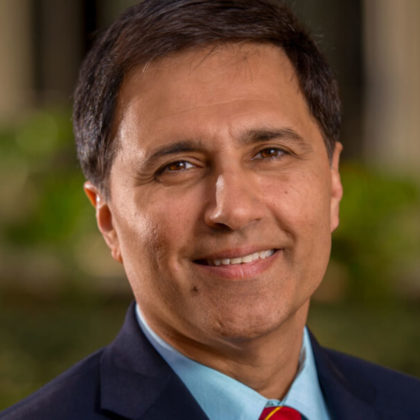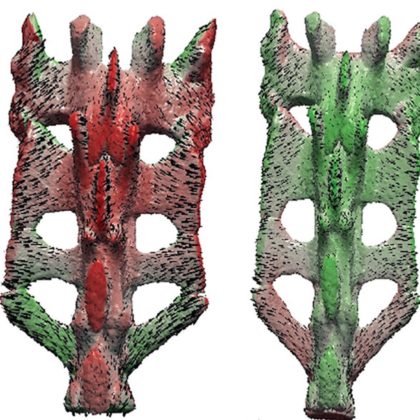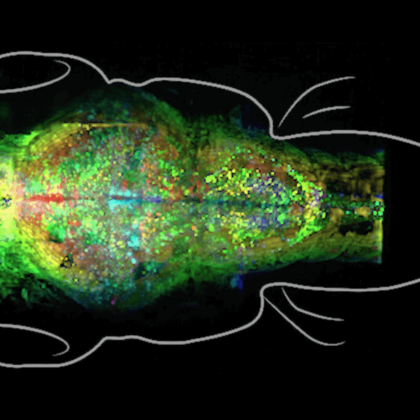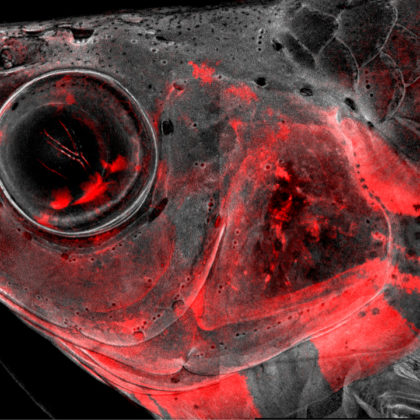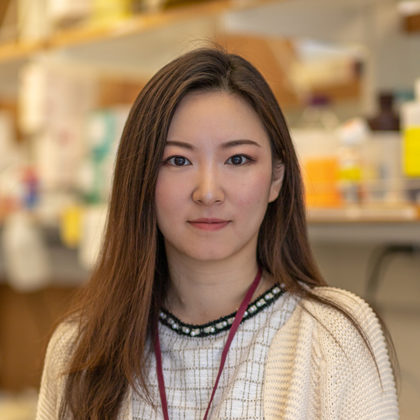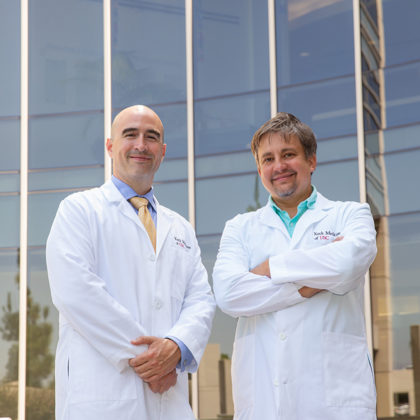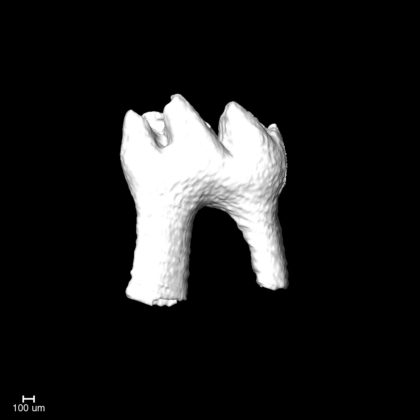Where are they now? Stem cell master’s program alumna Clare Yarka, a Scientist at Instil Bio
In this series of alumni profiles, we highlight graduates of USC’s master of science program in stem cell biology and regenerative medicine. Our accomplished alumni have pursued many different paths—ranging from a …
Where are they now? Stem cell master’s program alumna Rekha Prakash, a biotechnology teacher at Roosevelt High School
In this series of alumni profiles, we highlight graduates of USC’s master of science program in stem cell biology and regenerative medicine. Our accomplished alumni have pursued many different paths—ranging from a …
USC Stem Cell alumni Litao Tao and Haoze (Vincent) Yu bring their A game to new positions in academia and industry
Scientists Litao Tao and Haoze (Vincent) Yu were colleagues and team players for many years both inside and outside of Neil Segil’s lab at the Eli and Edythe Broad CIRM Center for …
New article outlines the characteristics of a “longevity diet”
Examining a range of nutrition research from studies in laboratory animals to epidemiological research in human populations provides a clearer picture of the best diet for a longer, healthier life, said USC …
Neil Segil is among members of Health Sciences Campus honored with USC Mentoring Awards
Several faculty members from the USC Health Sciences Campus received 2022 USC Mentoring Awards on April 14 at a reception organized by the USC Center for Excellence in Teaching. These awards recognize …
Newborn cells in the epileptic brain provide a potential target for treatment
Over the years, everyone loses a few brain cells. A study led by scientists from USC Stem Cell and the USC Neurorestoration Center presents evidence that adults can replenish at least some …
Ostrow faculty member Jian Xu does craniofacial biology with heart
The researcher was recently promoted to the rank of Associate Professor of Dentistry with tenure. TO SOME, IT MIGHT SEEM UNUSUAL that Jian Xu, whose PhD research focused on cardiac hypertrophy and …
Communicating science visually: Mukund Iyer, MaryAnne Achieng and Stephanie Chang win the 2022 Winter BioRender contest
For his graphic on immune cell function in the brain, Mukund Iyer took first place in the Winter 2021 BioRender Illustration competition for his schematic of breast cancer cells’ entry through the …
Stem cell scientists explore the mysteries of regeneration at the Junior Faculty Candidate Seminar and Symposium
How can we regenerate tissues that are damaged, lost or diseased in the human body? This was the central question driving the four scientists who presented their research at the Junior Faculty …
For USC Stem Cell faculty member Rong Lu, science is in her blood
When Rong Lu joined USC as an assistant professor of stem cell biology and regenerative medicine in 2014, she knew that earning tenure would figuratively require blood, sweat and tears. But after …
Meet the scholarship winners in USC’s stem cell master’s program
For the second consecutive year, USC’s master’s program in stem cell biology and regenerative medicine has been able to offer scholarships to its talented students. Supported by the generosity of an anonymous …
USC discovery shows long-term viability of stem cell derived retinal implant
Doctors and biomedical engineers who implant cells and tissues into patients to restore motion or eyesight have long been challenged by potential rejection of the implant by the patient’s own immune system. …
Five things to know about Dechen Lin
A FEW WEEKS AGO, Assistant Professor Dechen Lin joined the Trojan Dental Family as a researcher for Ostrow’s Center for Craniofacial Molecular Biology, coming to us from Cedars-Sinai Medical Center. Here are …
Mark Humayun among USC faculty named 2021 AAAS Fellows
The American Association for the Advancement of Science (AAAS) has elected three USC professors to become AAAS fellows in 2021. The council designates members with this distinction whose “efforts on behalf of …
Arthritis-related gene also regenerates cartilage in joints and growth plates
The IL-6 family of proteins has a bad reputation: it can promote inflammation, arthritis, autoimmune disease and even cancer. However, a new USC-led study published in Communications Biology reveals the importance of …
USC team shows how memories are stored in the brain, with potential impact on conditions like PTSD
What physical changes occur in the brain when a memory is made? A team of researchers at the University of Southern California has, for the first time, answered this question by inducing …
A crowning achievement in understanding head development
Cranial neural crest cells, or CNCCs, contribute to many more body parts than their humble name suggests. These remarkable stem cells not only form most of the skull and facial skeleton in …
Curiosity, commitment and compassion drive Yichen Li’s research in neurodegenerative diseases
Yichen Li has always been driven to understand the world around her. Growing up in an Eastern province in China, Li’s inquisitive nature steered her toward science. “When I was a girl, …
Stopping arthritis before it starts
A novel off-the-shelf bio-implant containing embryonic stem cells has the potential to revolutionize the treatment of cartilage injuries More than a million Americans undergo knee and hip replacements each year. It’s a …
USC collaboration helps FaceBase reach 1,000-dataset milestone
The data repository allows craniofacial scientists to share data, which could ultimately lead to improved care for patients with craniofacial developmental disorders. Rapid technological development in the past decade has allowed scientists …
